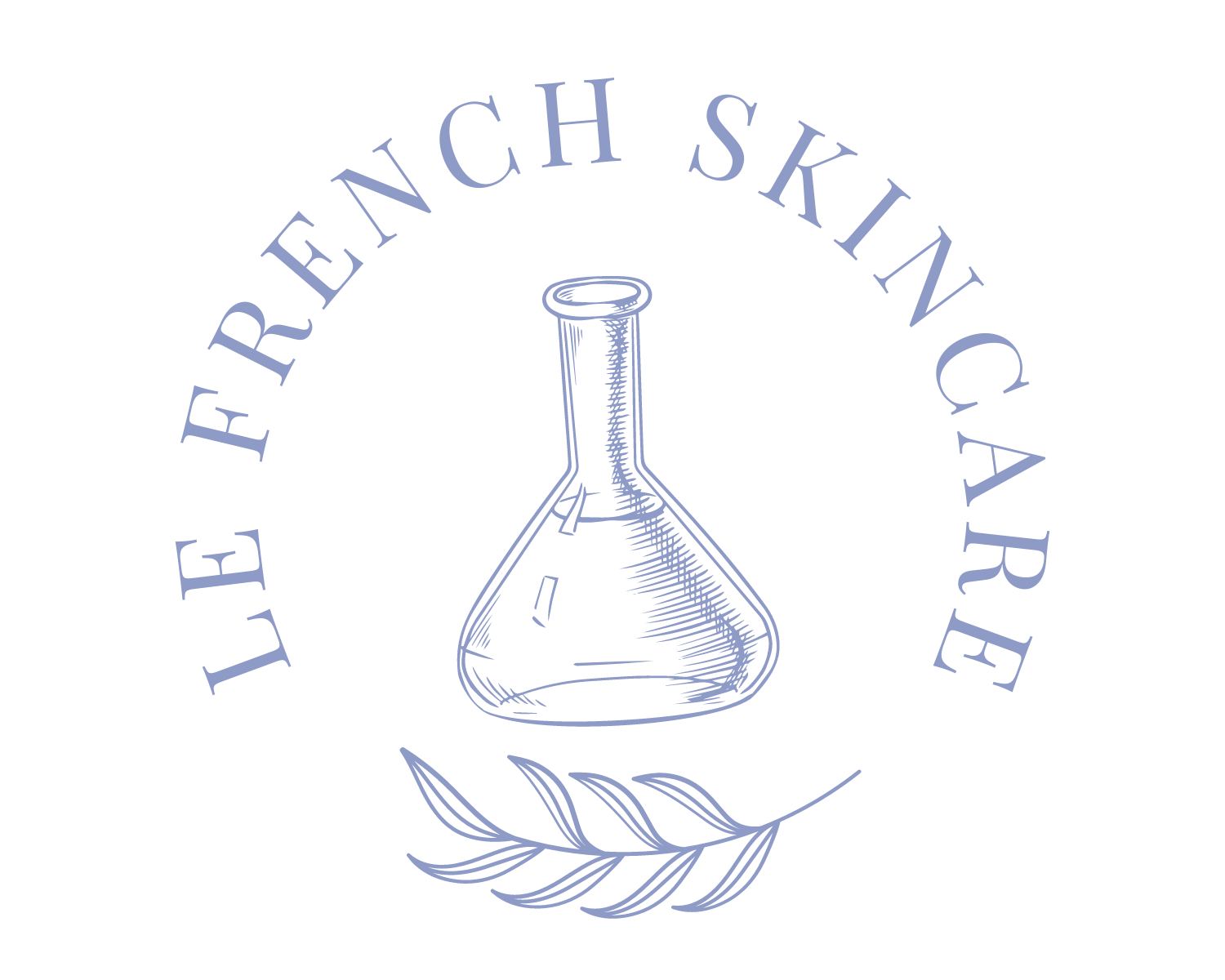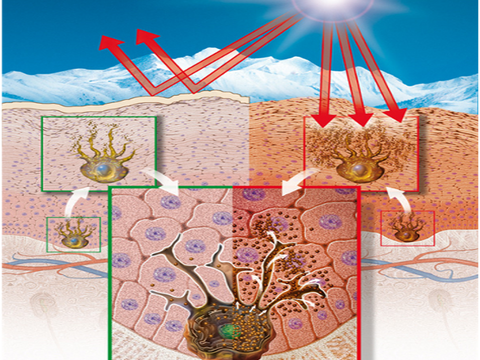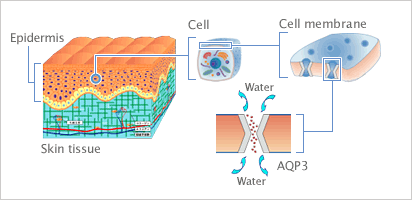Hyperpigmentation features areas of darkened and uneven skin tone, and affects women and men of all ethnic groups. Although hyperpigmentation is most common in middle age and beyond, it can also be seen in much younger persons.
Hyperpigmentation presents no medical threat. However, it can sometimes be a symptom of disease or illness. What’s more, individuals with facial hyperpigmentation may become so concerned with the aesthetic implications of the condition that depression and anxiety may ensue.
The basis of pigmentation is the result of cumulative exposure to UV light, making it a major culprit in melasma, solar lentigines and freckles.
Many medications, cosmetics and inflammatory skin diseases, in addition to adverse reactions to chemical peels, ingredients, pesticides, chemicals, detergents, heat, laser resurfacing, laser assisted hair removal and skin injuries can also be a source of pigmentation disorders.
Hyperpigmentation is directly caused by either
- overactive melanocytes, the cells responsible for producing melanin over produces melanin pigments (melanotic hyperpigmentation)
- or a proliferation of the melanocytes themselves, cells multiply abnormally (melanocytotic hyperpigmentation)
Post Inflammatory Hyperpigmentation (PIH) is caused by
- Inflammatory components that stimulate epidermal melanocytes (found in the top layer of the skin), causing them to increase the synthesis of melanin and subsequently to increase the transfer of pigment to surrounding keratinocytes. This increased stimulation and transfer of melanin granules results in epidermal hypermelanosis.
- When inflammation disrupts the basal cell layer, ( the junction between the top and lower layer of the skin), dermal melanosis occurs, causing melanin pigment to be released and subsequently trapped by macrophages in the dermis, i.e deep into the skin
PIH is a universal response of the skin and can occur in lighter skin types, but is more common in those of darker skin types. This condition can occur at any age and takes place in both females and males.
Types & Causes of hyperpigmentation
- Post-inflammatory hyperpigmentation (PIH): this occurs following skin injury from acne lesions, psoriasis, burns, friction and even certain professional skin care treatments. It begins to fade as the skin regenerates itself—a process that can take months or more. On the positive side, PIH generally responds well to treatment.
Make sure you use an anti-inflamatory product after a sunburn, a peeling treatment, laser or a dermabrasion. we recommend Biafine Act to heal and reduce Post-inflammatory pigmentation.
If you have acne cysts, reduce inflammation with Pevonia propolis concentrate and ice your pimple.
- Lentigines: these are commonly known as liver spots or age spots. Although they do become more prevalent with age—they are found on 90% of light-skinned individuals over the age of 60, and they are not directly caused by the aging process. Rather, lentigines are related to UV exposure.
- Freckles:these benign, small, tan to brown macule occur on sun-exposed skin, especially in children and tending to fade in adult life. Freckles resemble lentigines, but they darken after exposure to sunlight, whereas lentigines do not, and in freckles, the number of melanocytes is not increased. Called also ephelis.
- Melasma: this is caused by hormonal fluctuations, common, for example, during pregnancy, with thyroid dysfunction, and through use of birth control pills and hormone replacement therapy. Melasma is a chronic condition that primarily affects healthy women of childbearing age. It is believed that a combination of sun exposure, hormones and genetic susceptibility lead to the development of the characteristic blotchy skin associated with melasma. It affects an estimated five to six million women in the United States alone and can often be difficult to treat.
The latest research shows that the blue wavelength of the visible light is the culprit of recurrent pigmentation.
Iron oxides have been shown to block this blue wavelength Pevonia tinted SPF 30 helps prevent melasma relapses, combining protection against UV (mineral sunscreen and UV B filter) and short wavelengths of visible light (Iron oxides)





